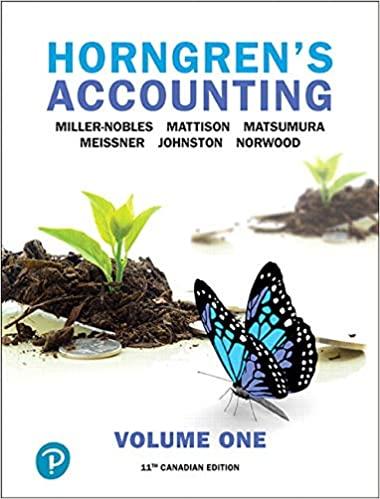CHAPTER 11 Know the characteristics of the corporate form of organization. Know what par value is. Know the ownership rights of a stockholder in a corporation. Be able to make journal entries for issuing shares of stock for cash at stated value/par and at a price above stated value/par. Be able to calculate the number of shares of common stock outstanding. know what effect the purchase of treasury stock would have on the stockholders' equity on the balance sheet. Be able to make the journal entry when a corporation purchases its own shares of common stock (treasury stock). know about the basic rights that accompany both preferred and common stock ownership in a corporation. Be able to make an entry for issuing stock for assets and services other than cash such as acquiring land by issuing stock. know what effect cash dividends declared ultimately have on the assets, liabilities, retained earnings, and the total stockholders' equity of a company. know what effect cash dividends and stock splits have on the retained earnings and on the overall stockholders' equity of a company. know what effect stock splits and stock dividends have on retained earnings. > Be able to calculate the amount of dividends that would go to both the preferred and the common stockholders for a series of years assuming it is either cumulative or noncumulative preferred stock. Be able to calculate the total stockholders' equity. know what it means to have a restriction on retained earnings. Be able to calculate ending retained earnings for a company with cash dividends, stocks dividends, net income, and net loss. CHAPTER 11 Know the characteristics of the corporate form of organization. Know what par value is. Know the ownership rights of a stockholder in a corporation. Be able to make journal entries for issuing shares of stock for cash at stated value/par and at a price above stated value/par. Be able to calculate the number of shares of common stock outstanding. know what effect the purchase of treasury stock would have on the stockholders' equity on the balance sheet. Be able to make the journal entry when a corporation purchases its own shares of common stock (treasury stock). know about the basic rights that accompany both preferred and common stock ownership in a corporation. Be able to make an entry for issuing stock for assets and services other than cash such as acquiring land by issuing stock. know what effect cash dividends declared ultimately have on the assets, liabilities, retained earnings, and the total stockholders' equity of a company. know what effect cash dividends and stock splits have on the retained earnings and on the overall stockholders' equity of a company. know what effect stock splits and stock dividends have on retained earnings. > Be able to calculate the amount of dividends that would go to both the preferred and the common stockholders for a series of years assuming it is either cumulative or noncumulative preferred stock. Be able to calculate the total stockholders' equity. know what it means to have a restriction on retained earnings. Be able to calculate ending retained earnings for a company with cash dividends, stocks dividends, net income, and net loss







